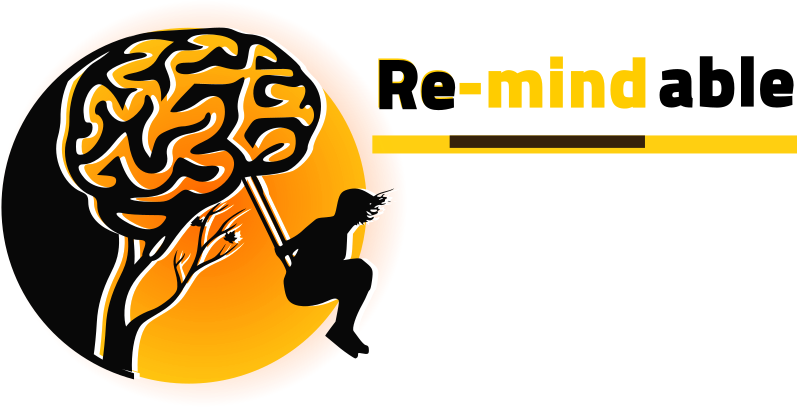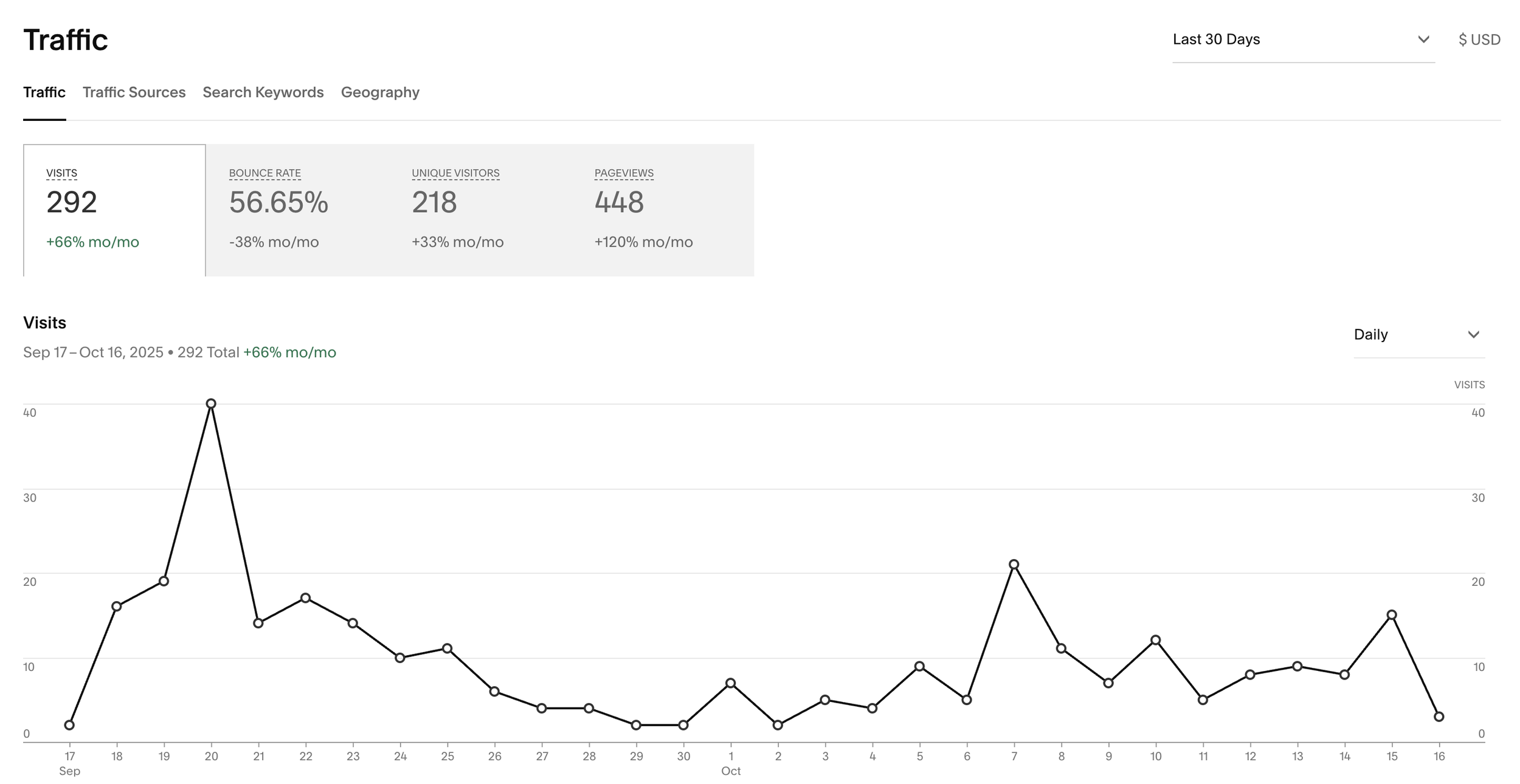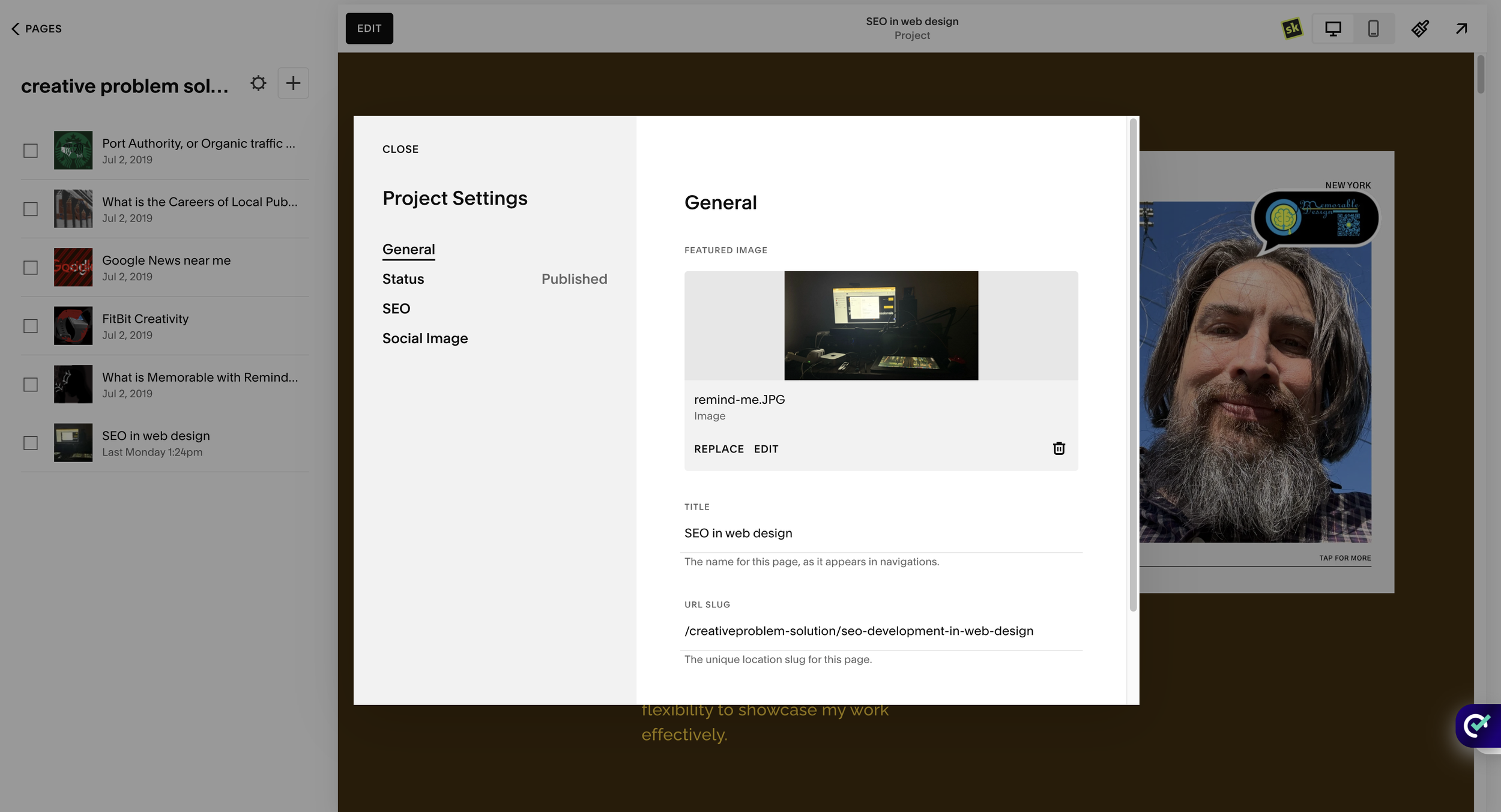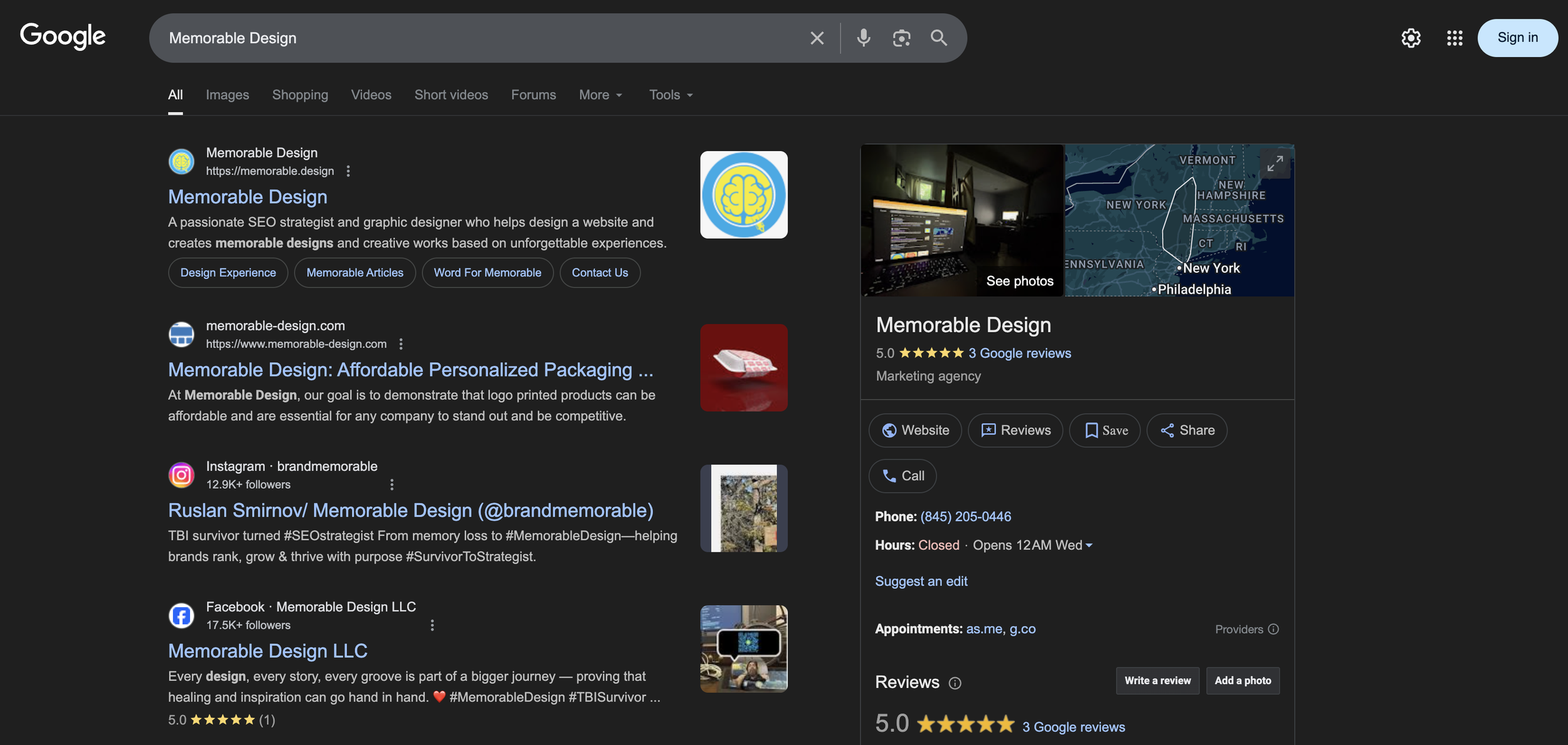Memorable corporate website designs:
When I arrived in the U.S., my main goal was to boost web SEO for developers. That's when I dived into designing a search engine-friendly website. I quickly realized how vital strong online visibility is for their projects and businesses. This aha moment led me to set up an account on Squarespace, a platform I thought had the perfect tools and flexibility to showcase my work effectively. In SEO website design, my site's internal linking helps search engines grasp what the pages are about and how they relate.
My first research was on how search engine bots crawl my and other websites, which led me to explore SEO-friendly web design strategies on Squarespace. This involved evaluating how site structure, keywords, responsive templates, and accessibility features affect a bot’s ability to index and rank content effectively.
When I first began investigating how search engine bots examine websites like mine, it opened the door to discovering SEO-savvy web design strategies on Squarespace. This journey led to assessing how site structure, strategic keywords, responsive templates, and accessibility features affect a bot’s ability to index and rank content effectively. Isn't it amazing how linking a Squarespace site to Google Search Console is just a breeze? In a few straightforward steps, you can hook up your site and dive into rich insights about your presence in search results. It's like getting a backstage pass to ensure your content hits the right audience without the hassle of technical gymnastics.
When I kicked off my Squarespace site, it zipped right up in Google’s search results. Why? Well, Squarespace packs some mean built-in SEO features—think responsive templates, keyword-rich content, descriptive alt text, and intuitive navigation. These tools help search engine bots navigate and rank pages smoothly, making it a cinch for the Google algorithm to spotlight your site.
The landscape of Google search results is evolving:
Navigating the world of SEO-friendly web design is both exhilarating and challenging, especially amidst the whirlwind of global changes. While I can roll with strategies that hit the mark now, it’s tricky to foresee exactly how trends, user behaviors, and online demands will shape up post-pandemic. The digital scene is always on the move, and what works today might need tweaking tomorrow. With the road ahead being a bit unpredictable, staying flexible is key—I’m all about continuously learning, adapting, and tweaking my approach to ensure my designs meet users' needs and ace those search results, no matter what twists and turns come our way.
Website traffic soaring on Squarespace likely stems from blending SEO-smart design elements with savvy content tweaks. Think keyword-packed text, image alt tags that speak, snappy responsive templates, plus social media links and blog bits to engage and boost discoverability.
This idea swiftly prompted me to set up my own Squarespace account, a platform I believed would equip me with the right tools and flexibility to showcase my work effectively. Once the account was live, I delved into various Squarespace templates, carefully evaluating styles, layouts, and features to find one aligned with my vision for my Rmindable studio. I focused on securing a design that would display my services and brand in a professional, modern, and user-friendly.
That's how I started exploring ways to boost search engine rankings by setting up Rmindable Studio on Squarespace. Here, I delved into SEO-friendly design elements like responsive templates, keyword-rich content, descriptive alt text, intuitive navigation, and dynamic image galleries. I mixed this with keyword research, accessibility features, and ongoing tweaks using Squarespace’s built-in tools to enhance visibility, engagement, and overall search performance.
How do I jazz up a title tag for humans and search engines? Keep it snappy, descriptive, and under 60 characters to dodge any search result cut-off. Pop those primary keywords up front while making sure it reads smoothly for us humans. Make it a true reflection of the page's goodies to boost those click-throughs and avoid misleading anyone. Spice it up with brand elements at the end if it fits, and give each page its own unique title tag to dodge the dreaded duplication. Steer clear of keyword stuffing—balance is key for aligning with search intent and crafting compelling language that gets those clicks rolling.
Want to nail those title tags for both people and search engines? Here's the scoop: Keep them clear, concise, and catchy—aim for under 60 characters so they don't get chopped off in search results. Pop your main keywords up front, but make sure it still reads nice and easy for folks. You want that title to truly reflect what your page is about to boost those click-throughs and keep everyone on the up and up. Toss in some brand pizzazz at the end if it fits, and remember, each page deserves its own unique title tag to steer clear of duplication. Stay away from keyword stuffing—aim for a balance that aligns with search intent and crafts compelling language inviting those clicks.
Make it
IRmindable Studio was my first venture into crafting an SEO-friendly website using Squarespace's editor. It was an exciting mix of hands-on practice and discovery, diving into various platform design tools and layout possibilities. I was all about creating a site that merged sleek aesthetics with spot-on functionality—easily searchable by search engines, yet still a visual treat and simple to use. This project was my gateway into the world of website design, a playground where I practically sharpened my skills.
After hours of browsing and experimentation, I found the perfect template that beautifully combined aesthetics with functionality. The elegance of the chosen design echoed the ethos of Rmindable studio, providing a seamless experience for visitors. The layout allowed for intuitive navigation, ensuring that information about services, team, and past projects was easily accessible.
The modern fonts and dynamic image galleries helped in creating an engaging platform that captured the essence of innovation and creativity Rmindable aimed to convey. As I customized the template, I made sure to integrate social media links and a blog section to keep the audience informed and connected.
With the template set, I began tailoring the content to resonate with my target audience, focusing on concise and impactful messaging highlighting the unique value Rmindable offers. This meticulous design selection and customization process was instrumental in building a digital presence that represented Rmindable's brand and paved the way for future growth and client engagement.
Squarespace's responsive design won me over after I added descriptive alt text to images and leveraged keyword research insights to boost SEO visibility and accessibility.
Crafting a Standout Design Strategy
Using Squarespace, I dabbled in different strategies to boost search engine rankings, picking up insights on best practices that could make a website shine online. I honed in on how its built-in tools and features could optimize content to draw traffic and connect with the right audience more effectively.
Remember when I joined Squarespace Circle to communicate with a web designer? My mission was to polish up my site’s SEO and design strategy, tapping into the platform’s sleek built-in tools and features. So, by joining Squarespace Circle, I started developing an SEO-friendly web design. Drawing on the platform’s built-in tools, I teamed up with a web designer to sharpen both the SEO and visual strategy. By weaving in keyword research and accessibility elements like descriptive alt text, I aimed to boost visibility and engage the audience.
Check out some SEO-friendly designs on Squarespace that perfectly blend style and function. These gems include templates featuring dynamic image galleries to engage visually, modern professional fonts, easy-to-navigate layouts, social media integrations, and blog sections for up-to-date content. You'll also find designs with descriptive alt text for images, keyword-rich content, and accessible features to boost visibility and user experience. For inspiration, look at templates like Brine, Bedford, and Five—renowned for their flexibility, mobile responsiveness, and SEO-friendly structures..
Right now, I'm harnessing the power of Squarespace and WordPress for SEO-friendly web design. Squarespace has built-in responsive templates, modern fonts, and intuitive navigation. These features make boosting visibility and accessibility a breeze without diving deep into coding. You've enhanced engagement with keyword-rich content, descriptive alt text, dynamic image galleries, blog sections, and social media integration. WordPress, on the flip side, offers lots of flexibility with its themes and plugins, but does require more technical know-how to match that SEO kick, making it a strong choice if you're after advanced customization. I dived into building SEO-friendly websites with WordPress, my real success came from diving into Squarespace templates. Here, I integrated dynamic image galleries, sleek fonts, engaging blog sections, and those all-important social media links. Plus, I sprinkled in keyword-rich content and descriptive alt text to supercharge visibility and engagement.
Comparing WordPress for SEO development? That’s when I discovered Squarespace’s all-in-one charm for crafting SEO-friendly sites. Everything’s built-in: responsive templates, modern fonts, easy navigation—making boosting visibility and accessibility a breeze without diving deep into coding. Meanwhile, WordPress is like the Swiss Army knife of web design: tons of flexibility with themes and plugins, but it demands a bit more tech-savvy expertise to match those SEO capabilities. So, while WordPress got me started, Squarespace’s plug-and-play templates had me soaring in no time.
Crafting My SEO Path
That's how I started building an SEO-optimized website, diving into the debate of WordPress vs Squarespace. With its myriad themes and plugins, WordPress offers broad flexibility but demands more technical know-how to unlock its SEO potential fully. On the flip side, Squarespace has built-in responsive templates, modern fonts, and intuitive navigation, making creating an SEO-friendly site without heavy coding is a breeze. By harnessing these built-in features—think keyword-rich content, descriptive alt text, dynamic image galleries, and social media integration—you can more efficiently amp up your site’s visibility and accessibility on Squarespace.
My initial foray into keyword research
I kicked off crafting a website with SEO in mind using a Squarespace template, skillfully balancing style and function to reflect Rmindable’s core values
Built-in:
Dynamic image galleries to captivate your audience visually.
Sleek fonts that scream professionalism.
A blog corner for all your content creation needs.
Social media hookups to broaden your reach.
Customized content to connect with your audience and spotlight your unique brand offerings.
My Squarespace blog embodies Rmindable’s brand identity.
Encourages future growth and client interaction.
Boosts SEO-based visibility.
Drawing inspiration from the Memorable Design website content, I focused on search engine optimization to boost the site’s discoverability and ranking online. Seeing how their design masterfully blended style with strategy, I set out to craft eye-catching content capable of pulling its weight behind the scenes to draw in visitors. This meant thinking through how each page was laid out, choosing words and phrases that would best resonate with the audience, and gradually enhancing the site's visibility to search engines.
Enhancing Online Visibility
As I ventured deeper into the world of search engine optimization, I realized the importance of strategic keyword usage and structured content. My initial exploration into keyword research involved identifying phrases that not only aligned with Rmindable’s offerings but also resonated with the audience’s search intent. By embedding these keywords naturally within the content, I aimed to enhance the site’s relevance and visibility in search results.
To further solidify Rmindable's online presence, I conducted a comprehensive audit of the website's performance. This involved analyzing site speed, mobile responsiveness, and user experience—all crucial factors influencing search rankings. With these insights, I made adjustments to improve loading times and ensure a smooth navigation experience across devices.
Additionally, I understood the value of quality backlinks and set out to build relationships with industry-relevant sites and blogs. These connections improved Rmindable's authority and provided pathways for potential clients to discover our services.
Continuous Learning and Adaptation
The journey of enhancing Rmindable's SEO doesn't end here. The digital landscape is ever-changing, and staying informed about the latest trends and algorithm updates is essential. I regularly engage with SEO communities and attend webinars to keep my strategies sharp and relevant.
In summary, my approach to boosting Rmindable's visibility is a blend of thoughtful design, strategic keyword integration, ongoing performance evaluation, and relationship-building within the industry. By maintaining this dynamic strategy, I am confident that Rmindable will continue to thrive in the digital arena.
These days, AI is shaking up the world of SEO and web design by offering super personalized experiences, automating tasks, and using predictive analytics to anticipate what users want. AI tools can quickly tweak site layouts, whip up keyword-rich text, check out real-time performance stats, and keep pace with search engine algorithm shifts faster than we can blink. Embracing AI in design and SEO strategies helps boost a site's visibility, accessibility, and engagement, keeping it ahead as things change at lightning speed.
Leveraging AI for Advanced SEO and Design
Recognizing the rapid evolution of AI in digital marketing, I embraced AI-driven tools to enhance Rmindable's web design and SEO strategies. These tools allow for:
Personalized User Experiences: AI analyzes user data to tailor the website's content and layout, providing visitors with a unique browsing experience that resonates with their preferences and behaviors.
Automated Optimization: AI automates many aspects of SEO, such as keyword generation and content optimization, allowing me to focus more on creative strategies and less on manual adjustments.
Predictive Analytics: By anticipating user behavior, AI helps design preemptive strategies that align with potential trends, making the website more future-proof.
Dynamic Site Adjustments: The website can automatically adapt its structure and content based on real-time performance data, ensuring optimal engagement and conversion rates.
Integrating AI for Continuous Improvement
The integration of AI into our digital strategy is not a one-time effort. It requires ongoing calibration to the latest developments in AI technologies and industry standards. Here's how AI continues to shape our approach:
Real-Time Performance Analysis: With AI, we can monitor the website’s performance in real-time, quickly identifying areas that need refining or enhancement.
Algorithm Adaptation: AI tools align us with ever-changing search engine algorithms, ensuring that Rmindable maintains its competitive edge.
Content Generation: AI assists in creating keyword-rich content that is optimized for search engines and highly relevant and engaging for our target audience.
Enhanced User Interaction: AI-powered chatbots and virtual assistants provide immediate support and personalized interaction, improving user satisfaction and retention.
By integrating AI into Rmindable’s web design and SEO framework, we are boosting visibility and engagement and establishing a resilient digital presence ready to adapt to whatever the future holds. This strategic enhancement aligns with our mission to deliver a top-tier experience and maintain a lead in the highly competitive digital landscape.






